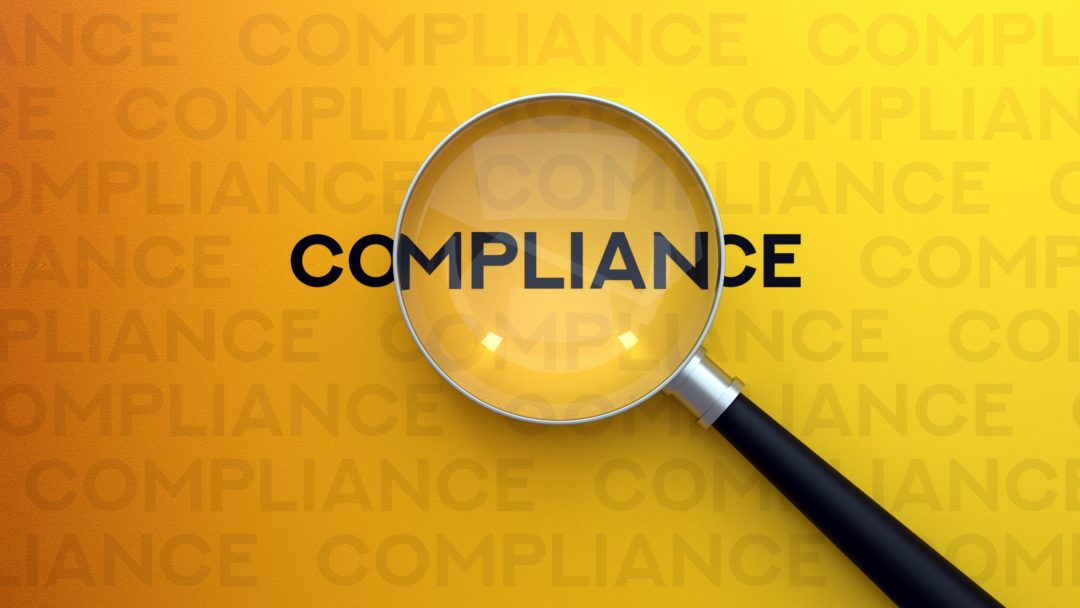In response to the Federal Trade Commission (FTC) April 13, 2023, crack down on unsubstantiated claims on health products, many in the dietary supplement industry have undoubtedly spent the past few weeks shoulder to shoulder with legal, regulatory affairs, and marketing combing through every label, marketing insert, weblink, social media page, searching for any real or perceived claims. For those lucky enough to not be on the receiving end, there are best practices to be learned and standard operating procedures to be implemented. Here’s a label claim risk assessment to assist with the process to mitigate the non-conformities, document the root cause analysis, implement corrective actions, and help safeguard the brands.
While the nature of the April 13th FTC letters was two-fold, compliant endorsements and substantiating label claims, this risk analysis is limited to the proper substantiation of label claims. The FTC defines this as ensuring that a marketer has a reasonable basis for the advertising claims before they are disseminated (or used).
Here’s a product claim risk analysis breakdown:
1) Product Claim: "Clinically Proven" claim on the finished product supported by high quality, randomized, controlled human clinical trials (RCTs).
Rationale: When it comes to the FTC's "competent and reliable scientific evidence" standard, it means that the tests have been 1) directed and assessed by subject matter experts and 2) conducted and accepted by the profession as being fit for purpose and reliable. Additionally, the way the research is conducted must be robust and based on best practices in the applicable scientific field. This includes having representative populations and participation large enough to show statistical significance. Large scale RCTs satisfy these requirements.
How to Ensure Compliance: Maintain a copy of the RCT and better yet, have it publicly available. The FTC gives additional weight to replicated independently conducted studies. Having additional studies published in peer-reviewed journals that substantiate the original helps to remove any bias that may have occurred in the original study and corroborates the findings of the first set of results.
2) Product Claim: "Clinically Proven Ingredient" claim supported by high quality, randomized, controlled human clinical trials (RCTs).
Risk Level: Medium
Rationale: While the one ingredient satisfies the use of RCT’s, can the same be said for all the ingredients in the finished formulation? Depending on the language used on pack and the quantity of RCT-evaluated ingredient present in the finished product, it could expose the brand to elevated risk depending on consumer perception of the claim. Additionally, it’s important to note the potential of ingredient interactions in unstudied finished product formulations. Understanding ingredient interactions is critical to optimizing performance, achieving quality, and ensuring safety.
How to Ensure Compliance: Other than conducting an RCT on the actual finished product, first consider a strict review of the product label. The FTC is clear that how consumers interpret an ad is what the marketer will be responsible for substantiating. Consider conducting an independent analysis and survey of consumers on how the claims on your packaging may be perceived. This could reveal that the current label is at odds with FTC guidance and provide evidence that may help tighten up current marketing. Additionally, from a product safety and quality perspective, knowing the potential of ingredient interactions is of utmost importance. One of the major concerns when it comes to dietary supplement safety is knowing the interaction of supplements and other ingestables like foods, pharmaceuticals, or even other supplements. This is especially important when it comes to protecting consumers with health conditions who may experience adverse clinical outcomes due to a potential undisclosed dietary supplement and drug interaction.
3) Product Claim: Health Claims without the use of RCTs
Risk Level: Elevated
Rationale: FTC clearly states that the RCTs should be used to substantiate health-related benefits. In situations where RCTs are not feasible, FTC states that it will accept high-quality epidemiologic evidence if RCTs are unfeasible or considered an acceptable substitute by subject matter experts.
How to Ensure Compliance: First, evaluate if robust epidemiologic evidence is available and on file. Consider having it formally reviewed by subject matter experts to deem it acceptable. If an RCT has not been conducted and epidemiologic evidence is not available, consider reworking the label immediately.
Dietary supplements marketers should be knowledgeable on the current and emerging interpretation of FDA and FTC guidance to help ensure that labeling and advertising claims are truthful, not misleading, and substantiated.
The Health Products Compliance Guidance document provides more than 50 examples to help illustrate FTCs interpretation of various label claims. With nearly 700 notices of penalty offenses as FTC expectation proof points, look to proactively mitigate any risk now.













